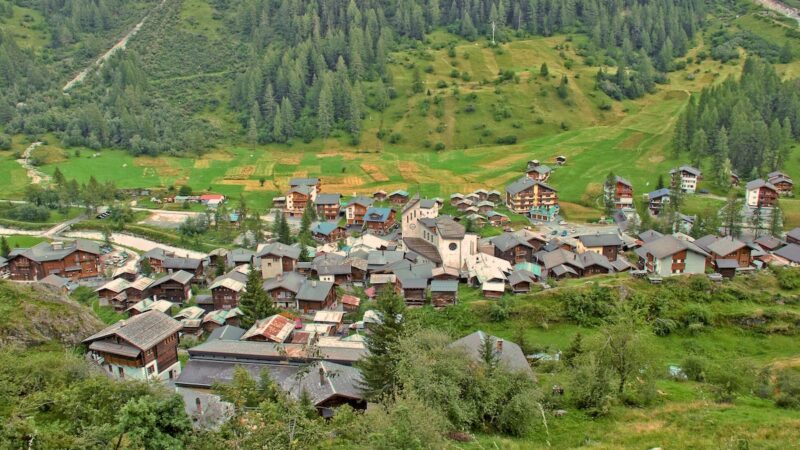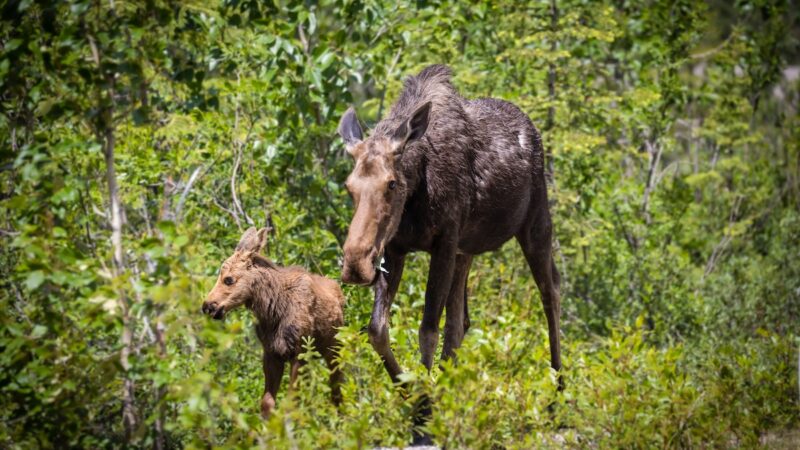How to Fall in Love With Desert Travel
When you think “desert,” you might imagine something out of a cartoon—rolling sand dunes and nothing else for hundreds of miles. At least, I had that misconception. Then, I hiked through Southern California, around the Mojave. I began to fall in love. Then, I hiked through New Mexico, through the Chihuahuan Desert, bordering the Sonoran Desert, and that love was cemented.
Videos by Outdoors
Here are a few tips to change your perspective on the desert, so you can get a taste of everything it has to offer.
Tips: Be Cool, Stay Cool
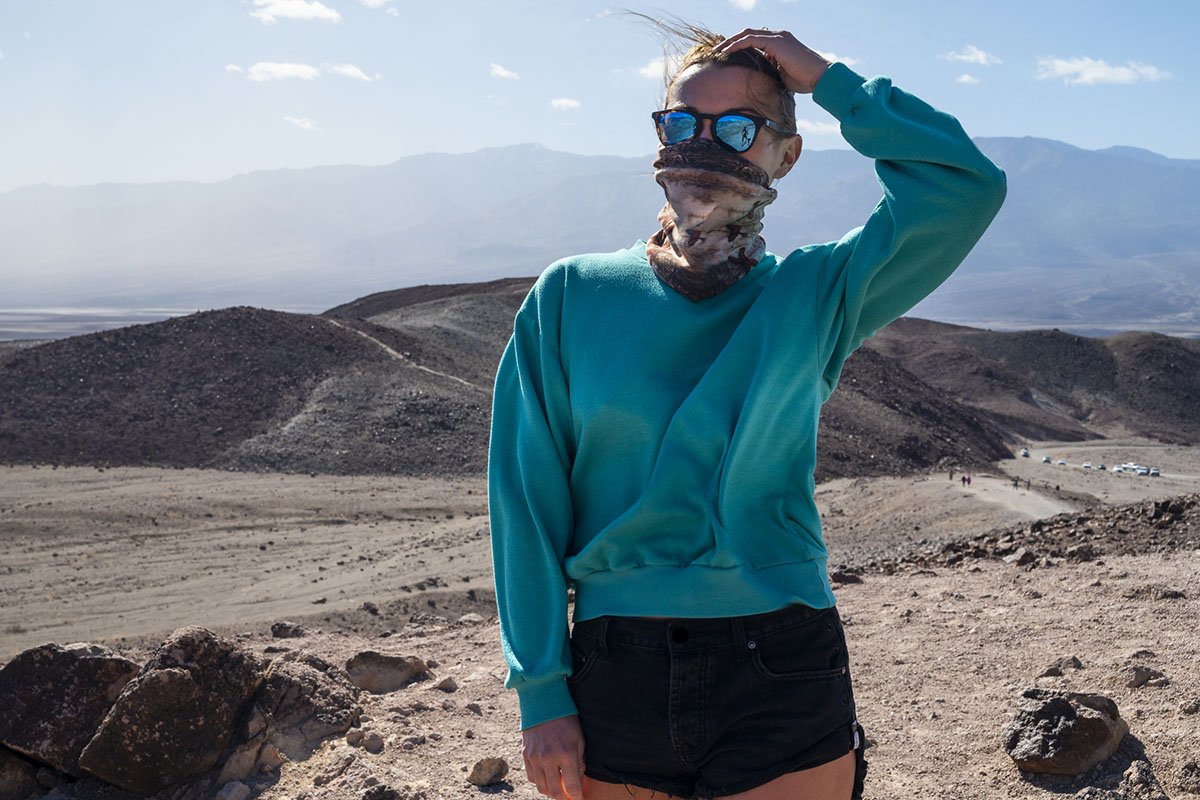
The most intimidating part of the desert is, of course, the heat. I can’t blame someone for being trepidatious about hiking somewhere with killer heat, with little to no shade and a distinct lack of water. The thing is, entire ecosystems of plants and animals thrive here—people, too, for millennia. With a little care and know-how, so can you.
Soak Your Clothes
After a few miles hiking in the desert heat, coming to a stream feels like a blessing. And the best part of this experience? Taking off your hat, your shirt, and your buff and get them sopping wet before putting them back on. You may want to avoid soaking your lower half, since that can encourage chafing. That wet shirt, though, will do a great job keeping you cool until the sun dries it out again.
Cover up
There’s two schools of thought for what to wear in the desert: either cover every inch of your skin or wear as little as possible. Hiking in short shorts can feel great in the heat, and some folks especially love that freedom of movement, but then you have to be diligent about sunscreen. The safest, most efficient option is to cover up with loose, flowing clothes. It may feel counter-intuitive, but having tried both, I think the best thing to do is limit sun exposure by covering up.
Bring Salt
Don’t pack out your Himalayan salt lamp, and you don’t need to bring salt packets from fast food joints either. What you do need is some source of sodium in your food bag. This can be a bag of chips, crackers, whatever. What’s important is that you go out there with a way to replenish your sodium. Especially over a few days, you’ll sweat a lot and rehydrate and sweat a lot more, and a lack of sodium can give you some serious muscle cramps.
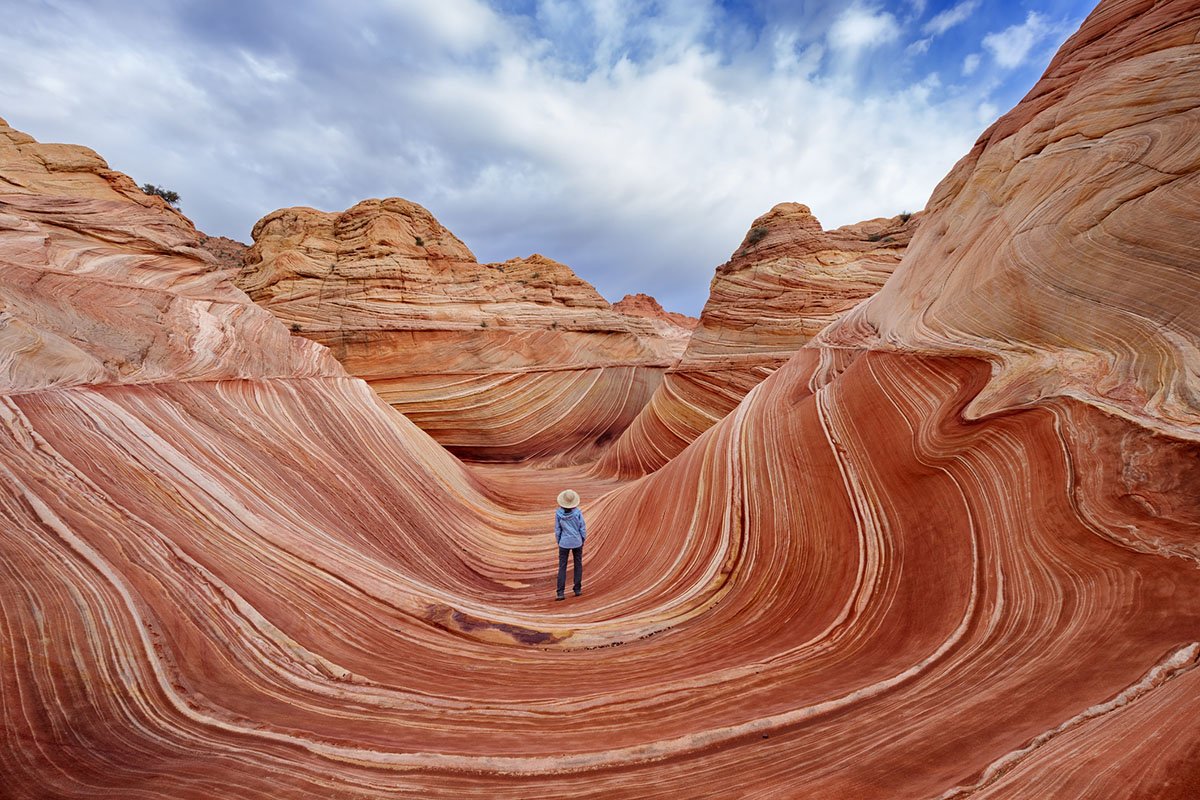
Avoid Waterproof Shoes
When I hiked through Southern California, I started off in a pair of mid-ankle, Gore-Tex hiking boots. They were probably a size and a half too small, which didn’t help, but also, that waterproofing didn’t let my feet breathe at all. I ended up plagued with blisters and needed four rest days in a row to recover. The best hiking shoes for most folks in the desert are light, breathable, trail-running shoes. Bring breathable boots if you need ankle support, but waterproofing will encourage the buildup of moisture, heat, and friction—all of which cause blisters.
Have an Anti-Chafing Strategy
Look, sometimes when we walk a lot, our thighs rub together. Here’s the key approach for this issue: prevention. When you’re hiking and sweating and everything’s moving smoothly, you’ll be okay. Then, you’ll take a break, and you’ll stop sweating, but your skin will be far more prone to friction when you get moving again. It’s the breaks that matter—toss on some powder, some vaseline, or some specific anti-chafe products before you get going again. It can help prevent a world of hurt.
Water to Water
Hiking through the desert you’ll notice that life flourishes where water runs. The most important practice in the desert is learning how much water your body needs between each water source. We call these stretches between sources “water carries.” Information on water carries is the number one most important information you’ll need for desert travel. You need to make sure that information is up-to-date, too, since our nation’s waterways are ever-changing, and in dry years, some streams may not run. Take a few water bottles, bring a 2-4 liter hydration bladder with you, and pack an extra liter for safety, especially if you’re embarking on an especially long carry. It’s tough, because water is the heaviest thing you’ll carry, but it’s much better to have too much than too little.
Abundance Is Everywhere
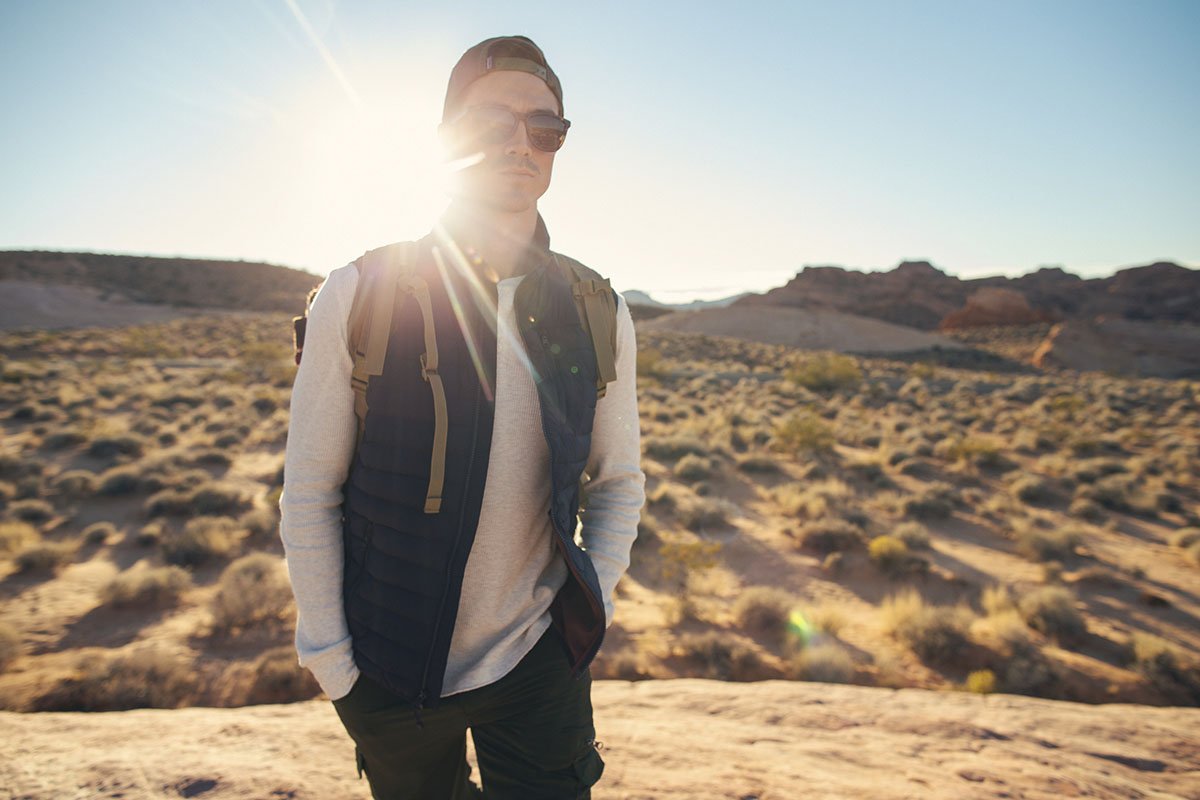
I remember hiking through what’s called “The Bootheel” of New Mexico. While it’s not quite the Sahara, the expanse felt a little bleak at times. We were treated to flat ground for almost 200 miles, full of sagebrush and red dust. It was hot, the days were long, and we relied on water caches left by helpful locals. I loved it, but it was tough.
Then, we descended down into a valley to walk about 70 miles along the Gila River. The difference was extreme—suddenly, there was plant life, swallows, butterflies, bears, cougars, migrating elk, and more. It taught me that the desert wasn’t all scarcity. After that experience, I felt little doses of it the rest of my time through the desert. It woke me up to that spectrum of fullness and absence that populates areas like this, and that is an entire world to explore once you see it.
You’re Hardier Than You Think
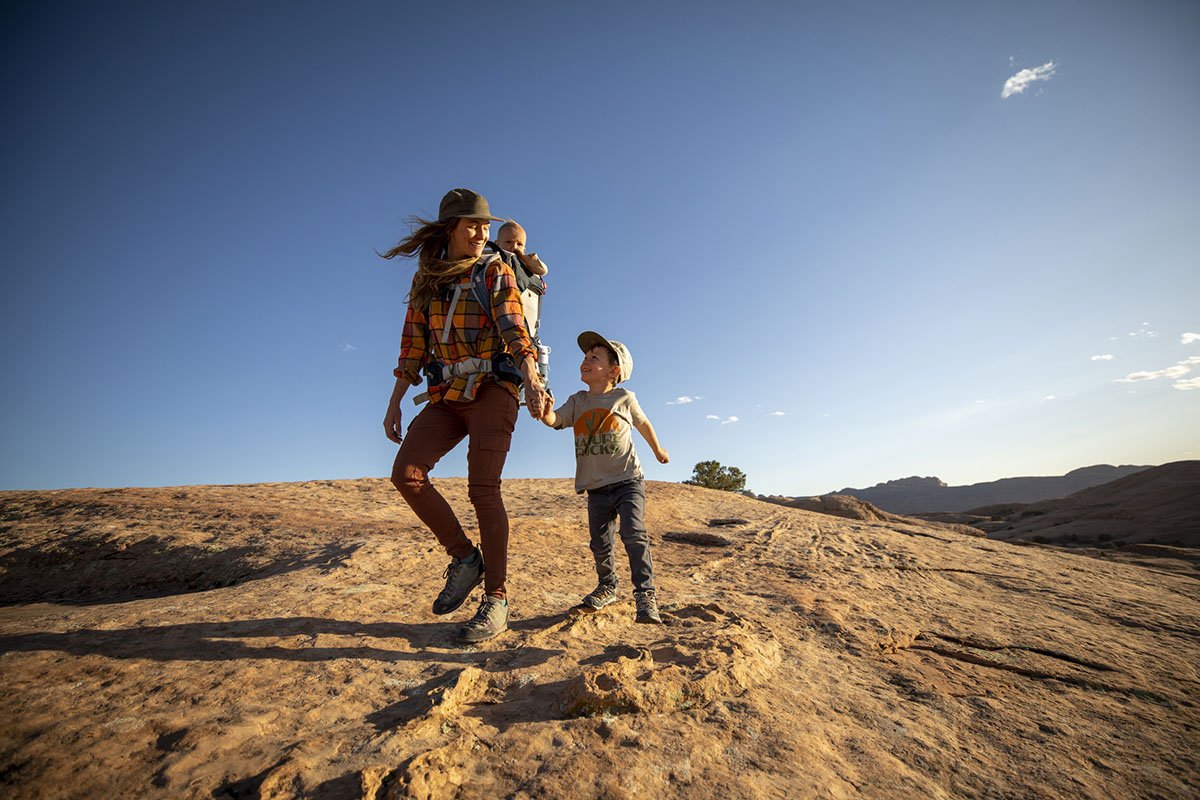
Out in the heat, you can find the beauty of petrified sand dunes and massive mesas showing the age of the earth. I recommend Leslie Marmon Silko’s memoir, The Turquoise Ledge, for a book that will show you a life in lockstep with the Sonoran Desert, observing and writing as a part of the whole.
I love desert life for the way it succeeds despite adversity. The plants, the animals, they adapt in order to survive. Venturing out into the desert yourself and finding out you can do the same is an incredibly rewarding experience. When you get back to the trailhead, back to society, covered in dust, with dry, cracked lips, you’ll know yourself a little better.
Source: https://outdoors.com/how-to-fall-in-love-with-desert-travel/



